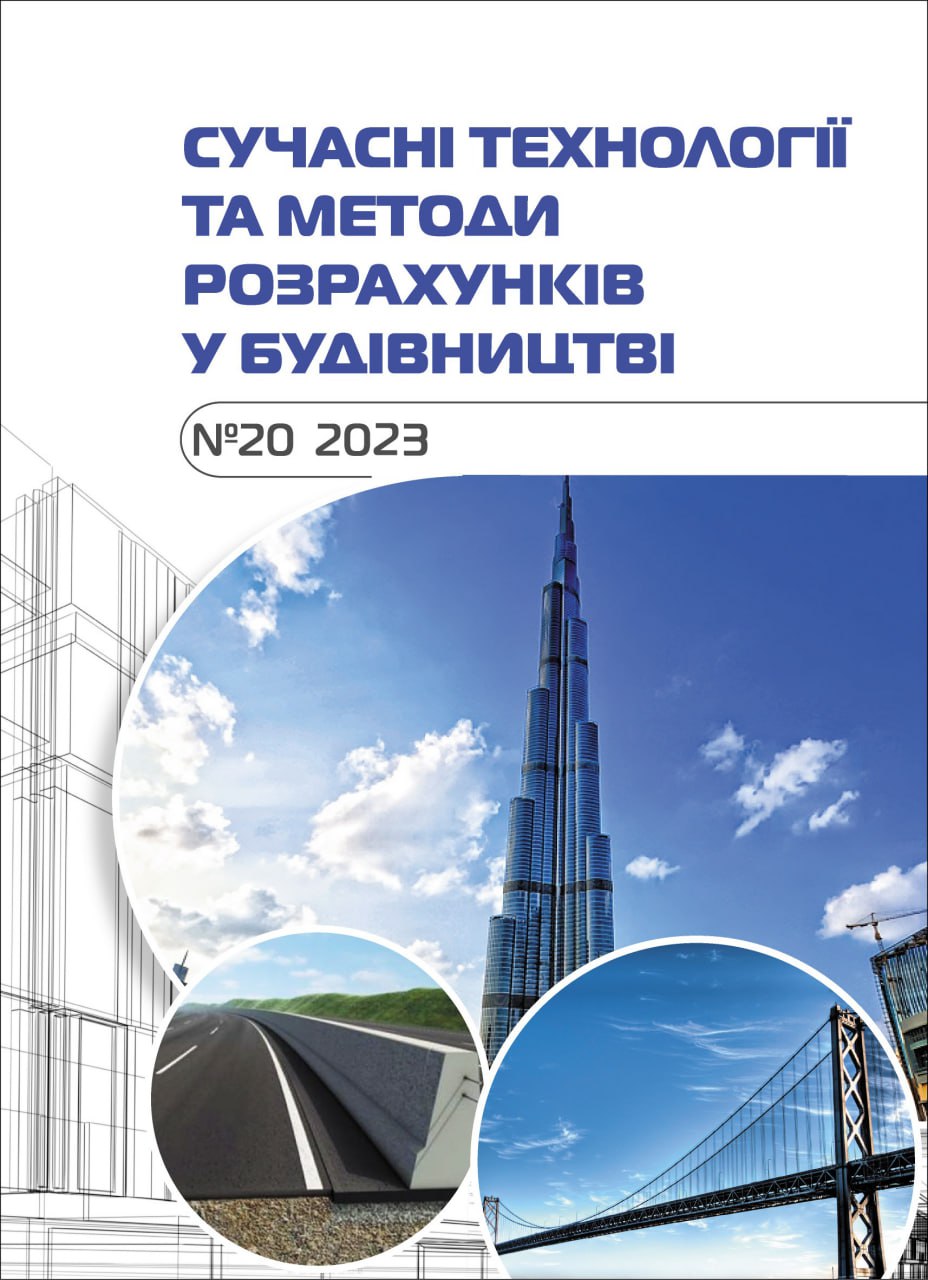Estimation of model parameters for forecasting design characteristics
Abstract
In the domestic and foreign practice of traffic research, many methods are known, starting from the simplest, which can be performed by a person without special equipment, and ending with complex and time-consuming ones that require the use of modern electronic equipment and mobile laboratories. The variety of methods is by a large number of tasks that are solved with the help of movement organization and conditions, and on the other hand, by constant improvement. Radical changes in the methods of researching traffic parameters and their use are introduced by automated systems. They allow automatic collection and processing of extensive information about the state of traffic flows. However, even in the territories served by automated systems, simpler methods of research focused on the participation of a person - an observer, are needed. Field studies consist of recording specific conditions and indicators of road traffic that occurs during a given period. This group of methods is currently the most common and is characterized by great diversity. Field studies are the existing traffic and pedestrian flows. Modeling of traffic processes is based on the use of mathematical methods to describe traffic flow. At the same time, deterministic or stochastic models can be used. Deterministic models are built based on average values obtained from field studies and are simpler. Stochastic models are built taking into account the random distribution of indicators that characterize individual elements of the accepted mathematical description of the traffic process and can provide a more objective reproduction of various fragments of traffic, in particular, taking into account the behavior of drivers. The evaluation of the calculated characteristics on experimental road sections was carried out on experimental road sections. The speed of movement on the experimental sections was estimated based on the results of experimental runs of the running laboratory. Analysis of the experimental results shows that as roads improve and their quality level increases, the individual speed limit and functional speed norm for the traffic safety motive strive for a functional speed norm for the driver’s freedom of action motive. As the level of road quality increases, the range of homeostatic regulation of the driver's functional behavior increases. This expands the driver's functional adaptation to driving conditions. In the process of improving roads and their evolution, the actual speeds of cars on these roads are approaching the functional speed norm for the driver’s freedom of action motive.








